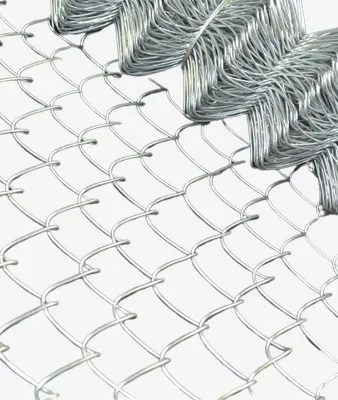link fence
The Importance of Link Fencing in Modern Infrastructure
In today’s fast-paced world, the need for security, privacy, and boundary definition is more pertinent than ever. Link fences, commonly referred to as chain-link fences, have emerged as a popular choice for various applications, spanning from residential properties to commercial establishments. These fences not only provide a cost-effective solution for safeguarding areas but also play a crucial role in maintaining the aesthetic appeal of spaces while providing visibility and light.
Versatility of Link Fences
One of the primary advantages of link fences is their versatility. They can be used for a multitude of purposes. For residential properties, these fences offer a practical way to keep pets and children safe while allowing homeowners to maintain a clear view of their surroundings. In commercial settings, link fences are often employed to secure construction sites, storage facilities, and parking areas. Due to their sturdy construction, link fences are capable of withstanding harsh weather conditions, making them suitable for a variety of climates.
Cost-Effectiveness
Link fences are renowned for their affordability. Compared to other fencing materials such as wood or vinyl, chain-link fences are relatively inexpensive. The materials are widely available and installation is generally straightforward, making it a feasible option for both DIY enthusiasts and professional contractors. This cost-effectiveness makes link fencing an attractive option for budget-conscious homeowners and business owners seeking reliable security without breaking the bank.
Security and Protection
Security is undoubtedly one of the foremost advantages of link fencing. The design of a chain-link fence provides a deterrent for potential intruders while still allowing for visibility. When combined with innovative security practices such as barbed wire or privacy slats, link fences can significantly enhance the level of protection around a property. Moreover, the durability of chain-link fencing materials ensures that they can endure attempts of forced entry, providing peace of mind to property owners.
link fence

Easy Maintenance
Another significant benefit of link fencing is the low maintenance it requires. Unlike wooden fences that may rot or warp over time, chain-link fences are resistant to weather-related deterioration. They do not require regular painting or sealing, which can save homeowners both time and money. A simple washing with soap and water is usually sufficient to keep them looking new. For those living in areas prone to heavy vegetation or harsh weather conditions, the minimal upkeep required is a substantial advantage.
Environmental Considerations
In a world increasingly concerned with environmental issues, link fences also present an eco-friendly option. Many chain-link fences are manufactured from recycled materials, and the longevity of the product means less waste over time. Additionally, because chain-link fences allow light to pass through, they do not obstruct natural sunlight, supporting plant growth and maintaining the ecosystem in surrounding areas.
Aesthetic Appeal
Though price and functionality are often prioritized, the aesthetic appeal of link fencing should not be overlooked. Available in a variety of colors and designs, homeowners can select styles that complement their property’s architecture. The transparent quality of chain-link fencing allows for the visibility of landscapes, gardens, and architectural features, which can enhance the overall aesthetic when installed correctly.
Conclusion
In conclusion, link fencing serves as a multifaceted solution for modern infrastructure needs. Its versatility, cost-effectiveness, security features, ease of maintenance, eco-friendliness, and aesthetic appeal make it an ideal choice for both residential and commercial applications. As security concerns continue to rise, the role of chain-link fences in providing effective barriers and boundaries is likely to grow. With their numerous benefits, it is clear that link fences are not just practical structures, but an integral part of safe and functional spaces.
-
Space-Saving Chain Fence Hacks Vertical Gardening with Cyclone MeshNewsJul.16,2025
-
Innovations in Iron Nail Wire Production for Modern ConstructionNewsJul.16,2025
-
Creative Uses of Wire Netting Fence in Modern Landscape DesignNewsJul.16,2025
-
Barbed Wire Fence Innovations in Anti-Climb TechnologyNewsJul.16,2025
-
Architectural Uses of Umbrella Nails for Aesthetic Roof DesignsNewsJul.16,2025
-
Architectural Uses of Razor Barbed Wire in Secure Urban DesignNewsJul.16,2025




